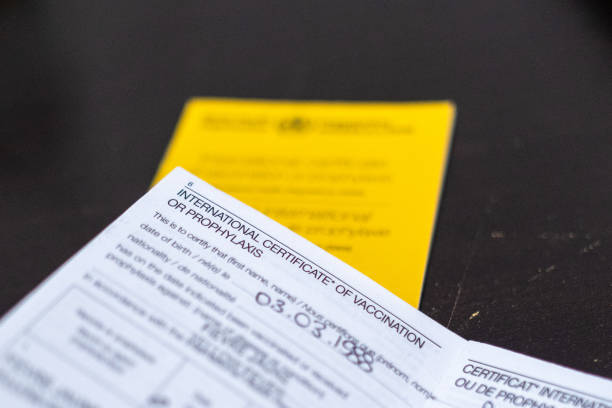Moisture in your home causes water droplets to form on a cold plate when humid air comes into touch with it; thus, condensation takes place due to the contact between warm air and a cold surface. You’re more likely to experience this in the wintertime when your heater kicks on in the morning and at night. Even though condensation isn’t a problem on its own, it can lead to moist places where mould can grow, which is hazardous for your health and your home’s structure.
Your Home’s Condensation Problems Can Be Prevented!
- When cooking, always be sure to use pan lids.
Reduce the condensation risk in sydnye due to moisture released from the boiling water by covering your cookware with a lid. Also, if you have an extractor hood above the stove or an exhaust vent installed, make sure you are using them to limit the amount of moisture created when cooking.
Remember to keep your extractor fan running for 10-15 minutes after you’ve completed cooking to help remove the remaining moisture from the air, rather than turning it off as soon as you’ve finished cooking. Alternatively, you can get an air vent with a humidity sensor that automatically accelerates when you begin boiling water and slows down when the humidity levels return to their normal state.
- Turn off the water in your kitchen and bathroom faucets.
Condensation risk is most common in bathrooms and kitchens. Ensure your kitchen or shower door is kept closed when you’re cooking, boiling water, or taking a shower to avoid moisture from the air entering cooler rooms and causing condensation on chilly surfaces.
- Hang Your Clothes to Dry on a Line Outside
To avoid water damage to your home, it’s best to air-dry your clothes outside whenever possible. A washroom with the door shut and the windows open is the best place to dry your clothing if you can’t dry them outside.
- Set Your Extractor Fan to Run When Taking a Bath
Your extractor fan should be operating when showering or bathing to eliminate the mist and humidity generated when you run warm water in a chilly environment. Condensation on washroom windows and walls can be reduced by using this method.
- Make Sure Your Washing Machine Is Ventilated Properly.
Proper venting is essential if you have a machine or dryer in your home. It takes about two gallons of water to do a full load of laundry, and this amount of water is even more concentrated in kitchens, where cooking simply adds to the condensation.
